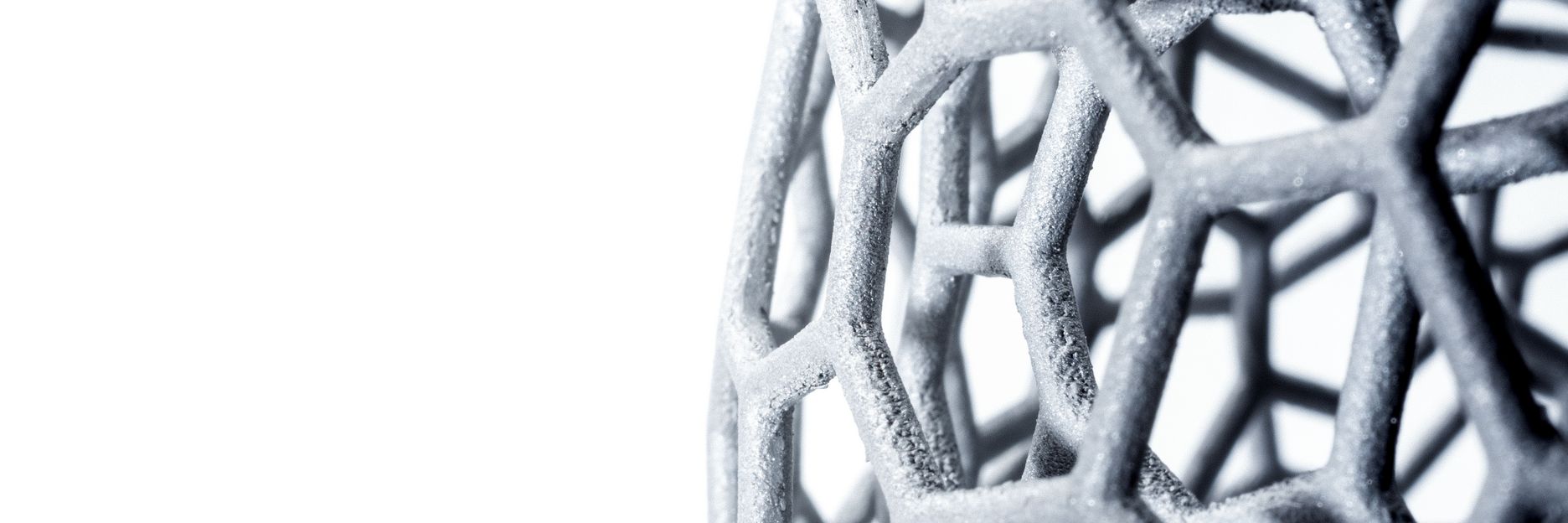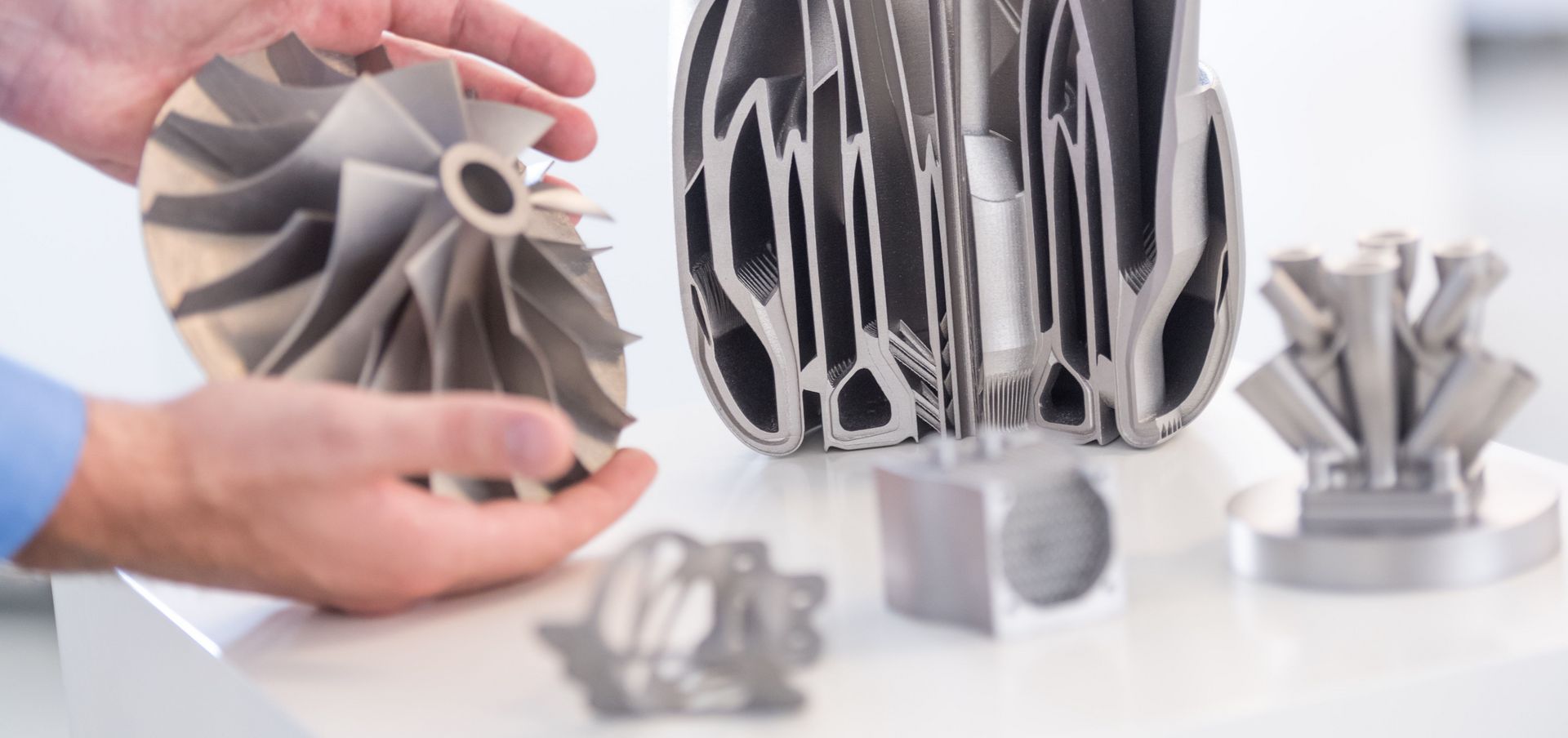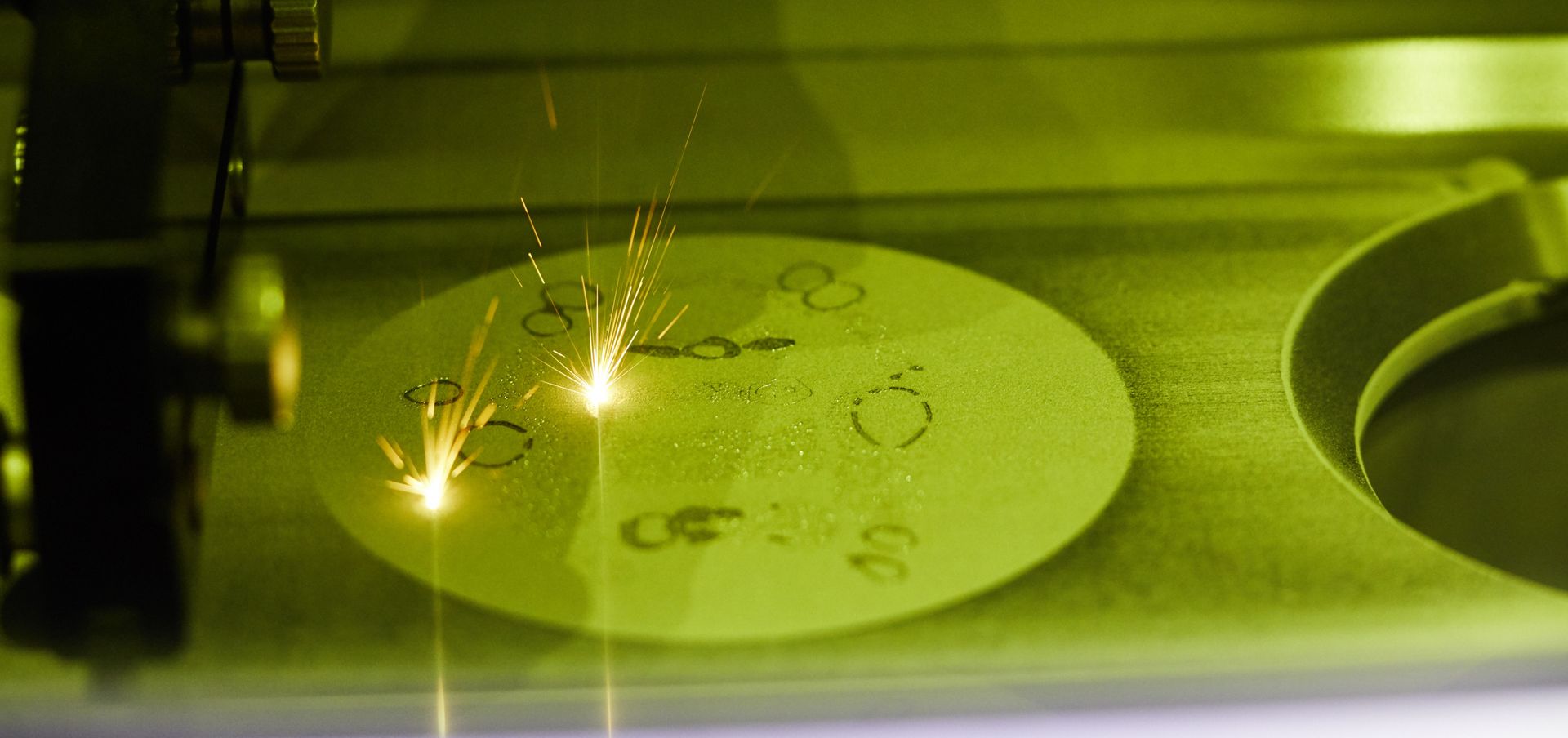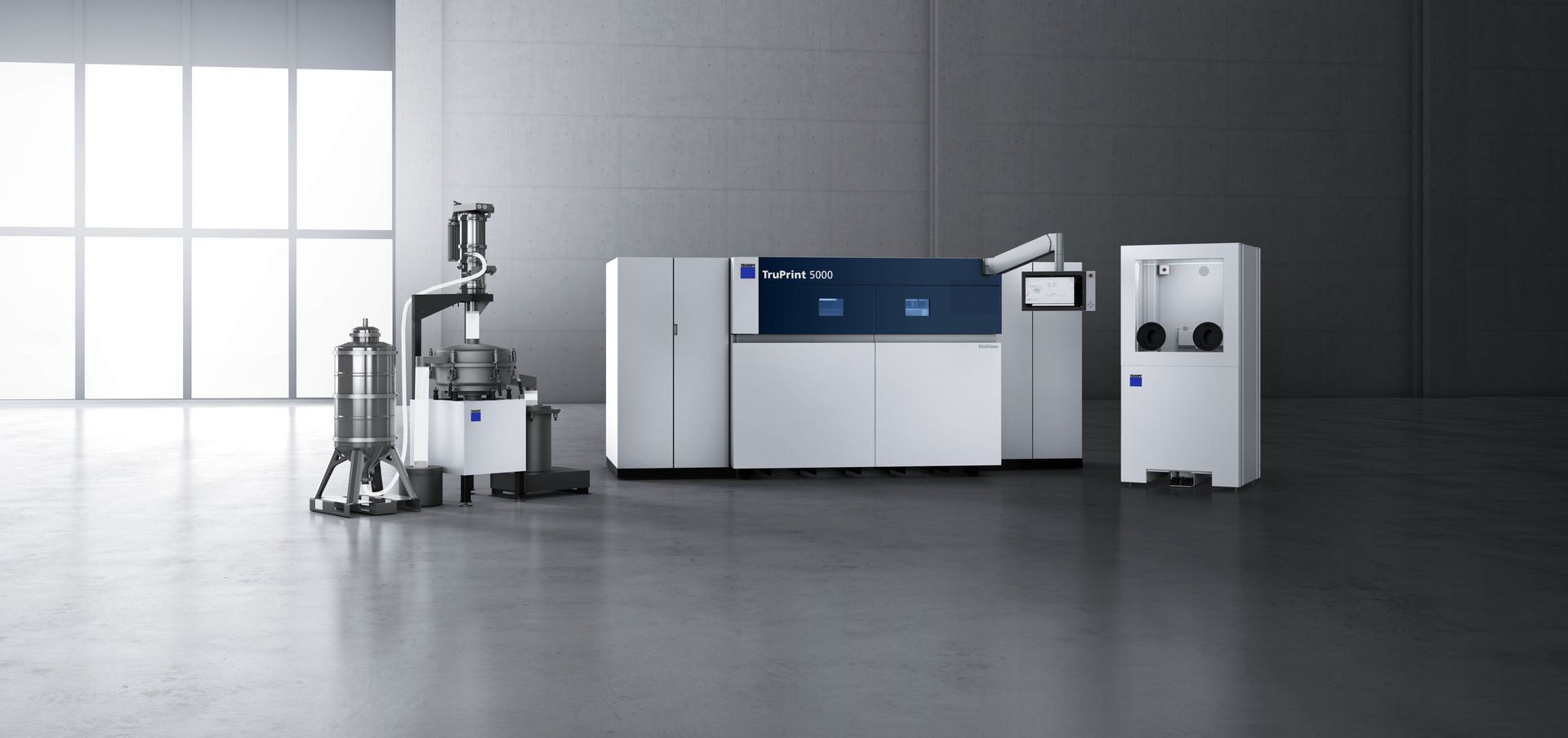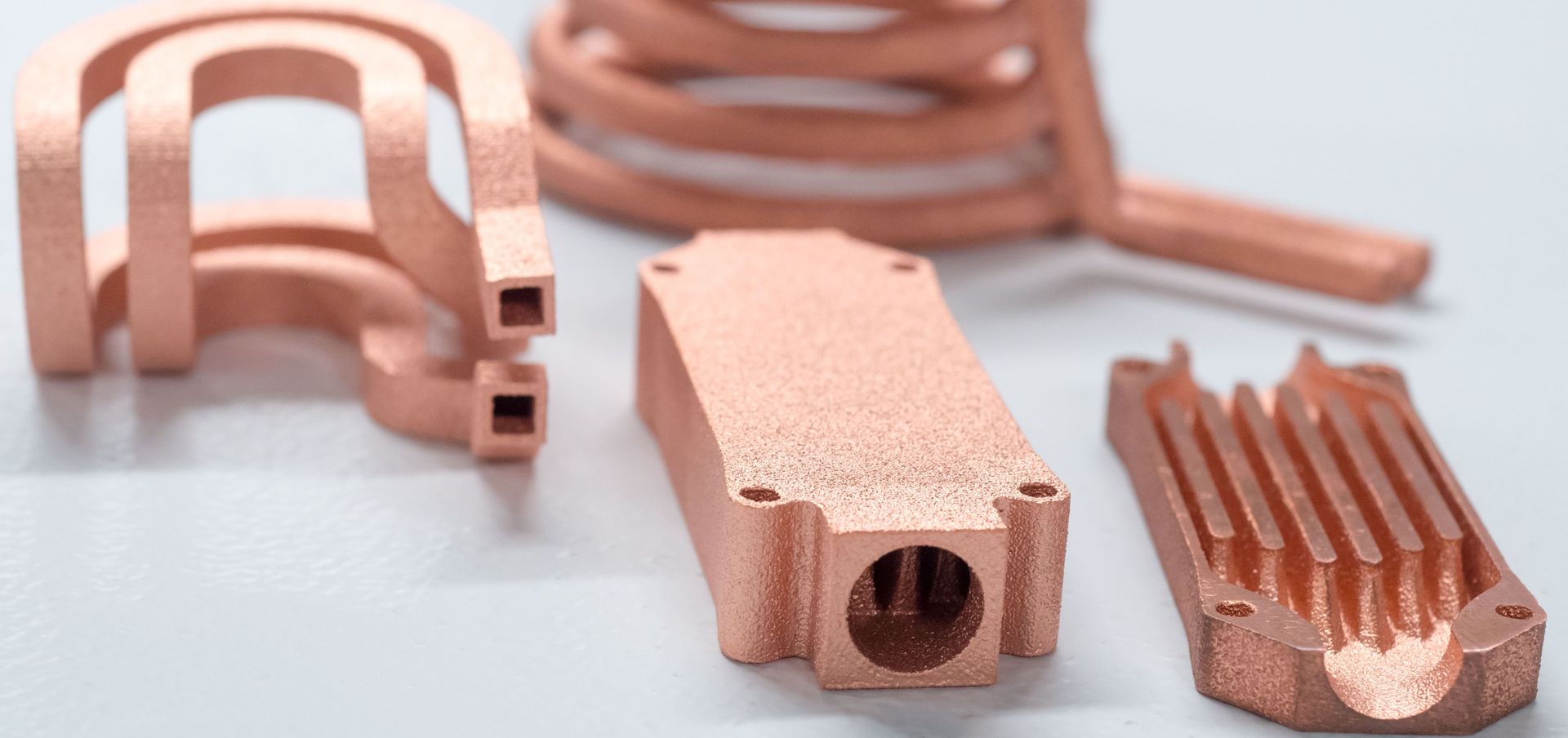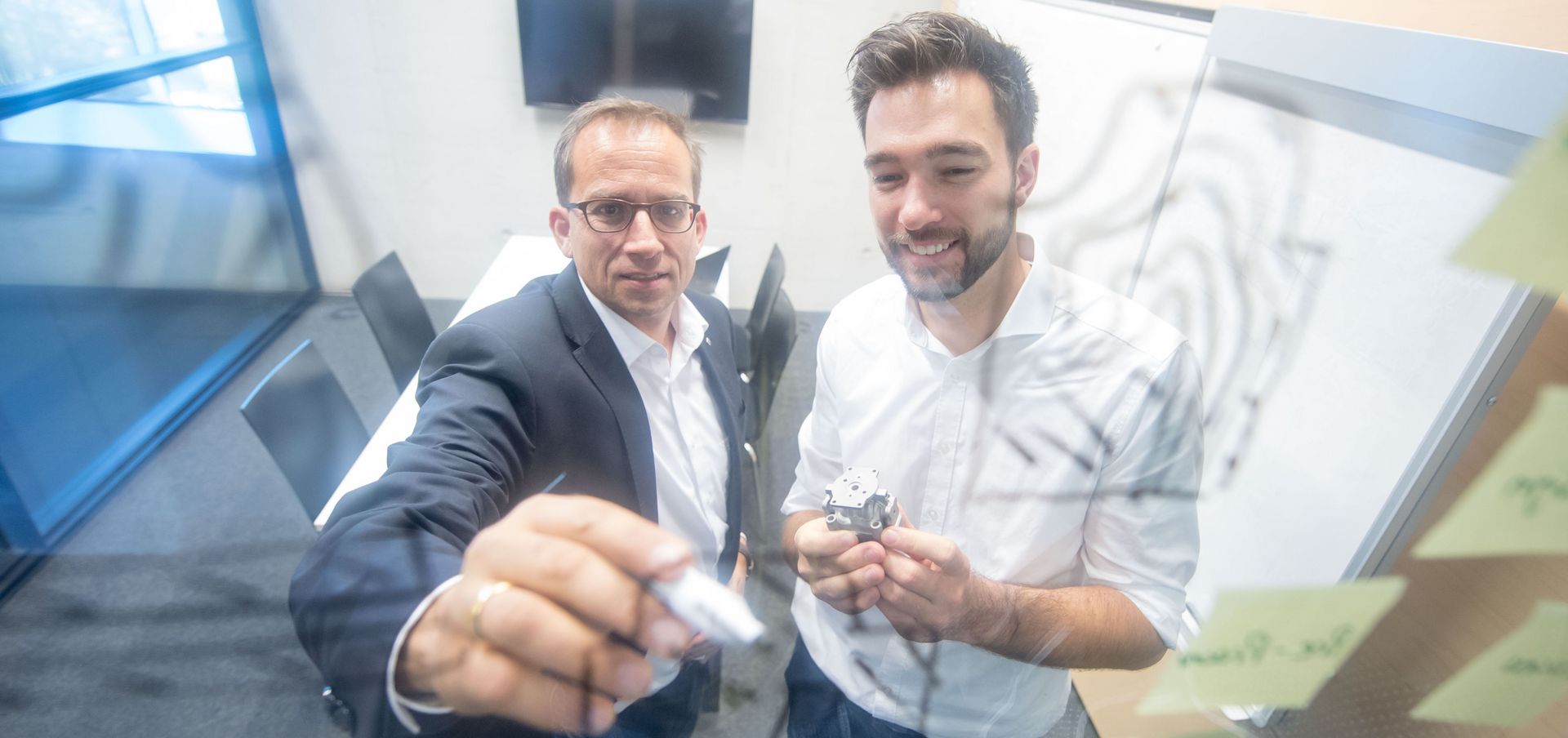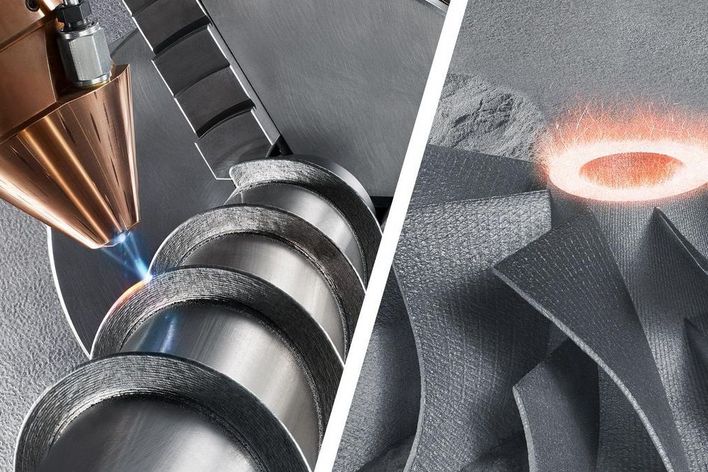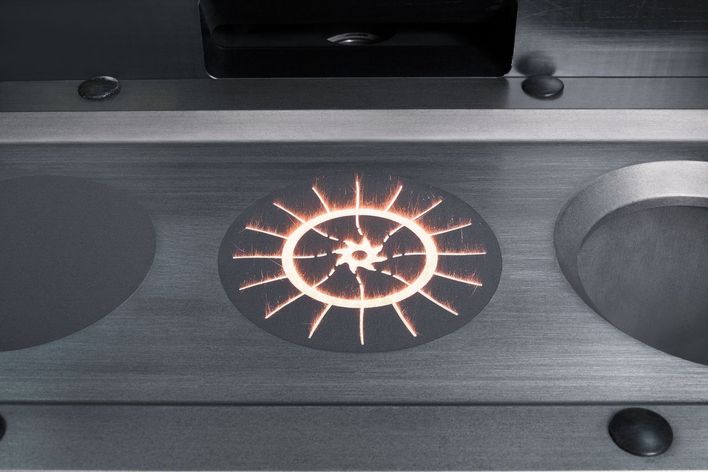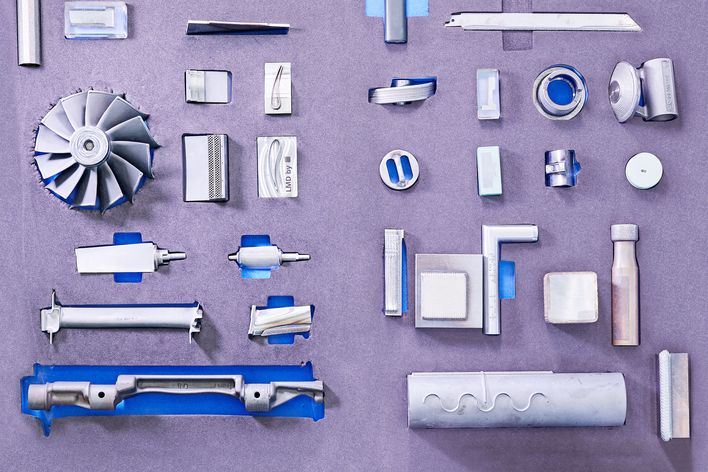In the case of metal 3D printing, new methods seem to be taking root on an almost annual basis. The idea of constructing parts layer by layer in a powder bed has inspired numerous engineers and developers. Three methods that have already become well established are laser metal fusion (LMF), electron beam melting und binder jetting. They share the limelight with the nozzle-based method of laser metal deposition (LMD) – another additive manufacturing (AM) process. Measured by market share, LMF and LMD are currently the top AM methods for producing metal parts. But ask “What’s the best method for me?”, and there is unlikely to be an easy answer, because each method has its ups and downs. For example, LMF may be the best option for producing parts with delicate structures at the highest level of quality, but binder jetting can do the job between ten and a hundred times faster
Childhood diseases are history
If 3D printing were a human being, it would arguably be a gifted 17-year-old. The broad strokes of the teenager’s personality and talents are already visible. The parents can hazard a guess at which direction their offspring is likely to take but, however much the teenager tries to act cool, there is still much they need to learn. 3D printing is at a similar stage. Engineers and universities are continuing to probe and develop new ways of using the technology. 3D printers are gaining ground on the shop floor and ready for industrial use. More and more business people see the technology making inroads into their industry and are seriously considering jumping on board before their competitors take the plunge. But what are the key trends they should take into account before making their decision?
The Pros and Cons of multiple lasers
The first thing to consider is the build chamber. In principle, it’s true that the more lasers you have in a 3D printer, the faster you can build parts. Unfortunately, however, it’s not that simple, because there are all sorts of other factors that play a role, too. One of the keys to boosting the productivity of 3D printing is to find the optimum combination of scan field, scan speed, temperature adjustment, temperature field, build speed, and gas flow in the work area. The number of lasers and their power output is just one factor among many – though it is certainly one of the most expensive of all the factors involved. In plain language: A productive 3D machine cannot be recognized by the number of lasers, but by the overall concept.
Only 3D-printing or the whole program
Another aspect of the trend toward multiple elements is the idea of combining 3D printing with other machining methods in a single machine, for example with milling and drilling. Unfortunately, that typically ends up transforming the unquestionable marvels of 3D printing into an annoying drag on the other built-in processes. Right now – and even in the longer term – the difference in processing speeds between 3D printing and traditional methods is simply too great to offer any good reason for combining them in the same machine. That is no longer the case for other additive manufacturing methods, however, such as laser metal deposition.
A broader perspective
Like with any new method, engineers initially focused on how they could get the process under control and make it faster. And they succeeded: Over the past five years, they have managed to increase the productivity of the LMF process by a factor of three – a truly remarkable achievement. But the time has now come to adopt a wider perspective by focusing on the upstream and downstream stages of the process. These include unpacking the powder, refilling the machine, sieving the powder and checking it is mixed correctly, as well as blowing or shaking off excess powder, removing parts from the build plate, removing any supports they may contain, and carrying out finishing work on the surface. Currently, however, only the biggest companies are opting for the most complete automation solutions for production integration. In contrast, traditional job shops generally prefer to operate their 3D printer in isolation, rather than incorporating it directly in other production processes.
3D thinking
One of the toughest tasks design engineers face is how to rethink existing parts and leave old conventions behind. Most part developers have learned to base their designs on the intended machining process, and in doing so they have assimilated a number of what they considered to be ‘golden rules,’ for example “You can’t drill around a corner”. Particularly in the early days of the 3D revolution, design engineers struggled to liberate themselves from this traditional mode of thinking. The new generation of designers are likely to make fundamental changes to the shapes and forms of future parts. At the same time, on the software front, design and simulation programs are improving all the time and automatically suggesting 3D-specific design options.
Beyond metal
Material diversity – a long underrated argument in the 3D printing debate – is now emerging as one of its most decisive strengths. Both LMF and binder jetting offer levels of flexibility in this respect that are quite simply beyond the scope of other methods. A huge array of metal powders are now commercially available. Users worldwide can acquire them quickly and easily, mixing them together to meet specific requirements. One of the key trends in 3D printing involves new functional materials that go beyond metals, because laser beams are also perfectly capable of melting other materials. Metallic glasses are one example: In the near future, we are likely to see high-grade optical components and mirrors coming out of 3D printers. Meanwhile, developers are currently working on ways to get ceramic powder into 3D printers – another material that is prompting a great deal of interest.
You can do it
The more sectors we see taking the plunge into 3D printing with their industry-specific requirements, the greater the variety of machines and production concepts that are likely to emerge. Something that is good enough to meet the stringent quality standards of the aerospace industry is likely to be far too over-the-top for a moldmaker’s needs. So here we have our 17-year-old, a gifted teenager striding proudly and boldly into the world of industry. The parents of 3D printing can finally sit back and relax, safe in the knowledge that their teenage prodigy can take it from here.

